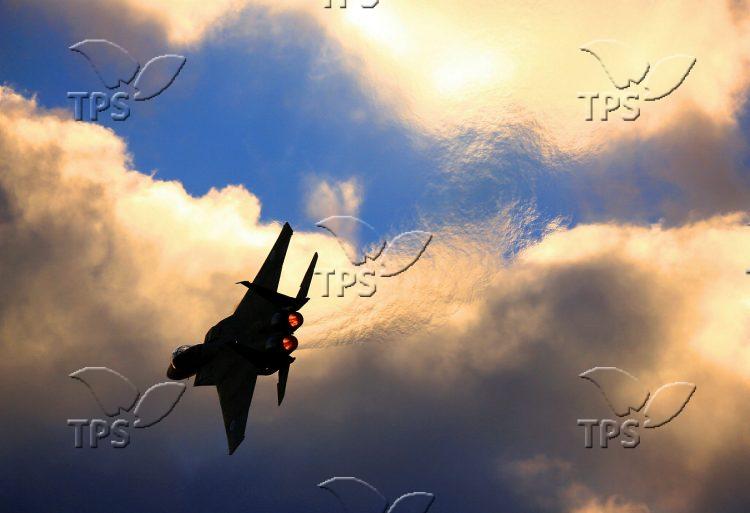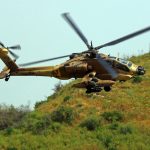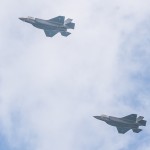Syrian Surface-to-Air Missile Hits Israel; IAF Strikes Back
Jerusalem, 22 April, 2021 (TPS) -- A rare incident occurred Wednesday night when a surface-to-air missile was fired from Syria to Israel’s southern Negev, exploding in an open area.
The incident set off sirens in several areas but caused no injuries or damage.
In response, the Israeli Air Force (IAF) struck the battery from which the missile was launched and additional surface-to-air batteries in Syria.
Syria’s official SANA news reported that the IAF strike was launched from the Golan Heights area and hit targets in the vicinity of Damascus.
A Syrian military official stated that four Syrians were injured in the attack and damage was caused.
The IDF defined the Syrian fire as an unintentional launch, a “leakage of a surface-to-air missile into Israeli territory.”
An Israeli air defense interceptor was launched toward the Syrian projectile but missed its target.
The SA-5 is a very long-range, medium-to-high altitude surface-to-air missile (SAM) system designed in the 1960s to defend large areas from aircraft strikes. It has a range of hundreds of kilometers and is meant to hit planes at an altitude of 40,000 feet. It has a warhead weighing more than 200 kg.
Incidents of Syria air-to-surface missiles have previously hit Israel. In October 2018, an IAF F16 was shot down by an SA-5.
Syrian anti-aircraft missiles also fell in Jordan, in the Jericho area, and in the Mediterranean.
It is yet unclear what prompted the Syrian army to launch the SA-5 air defense missile toward Israel. Reports indicate that the incident was prompted by an IAF attack against Iranian targets in Syria.
The Syrian Observatory for Human Rights (SOHR) has counted eight IAF strikes in Syria since the beginning of 2021, which resulted in the destruction of 29 targets, including buildings, weapons depots, and headquarters.
These strikes caused the death of 76 people, including 21 members of the regime forces and militants loyal to them, 22 Iraqi militiamen, 14 Afghan militia members, 5 Pakistani militiamen, and 10 pro-Iranian militias of non-Syrian nationalities.
In general, Israel has significantly stepped up its strikes against Iranian and Hezbollah targets in Syria in recent months.
Iran and Hezbollah’s military build-up in Syria remains a red line for Israel. The IAF has carried out thousands of attacks to thwart the Iranian entrenchment in the war-torn country.
Israeli leaders have repeatedly declared that they will not tolerate an Iranian threat on its northern border with Syria and will take all necessary measures to ensure that such a menace does not emerge.







